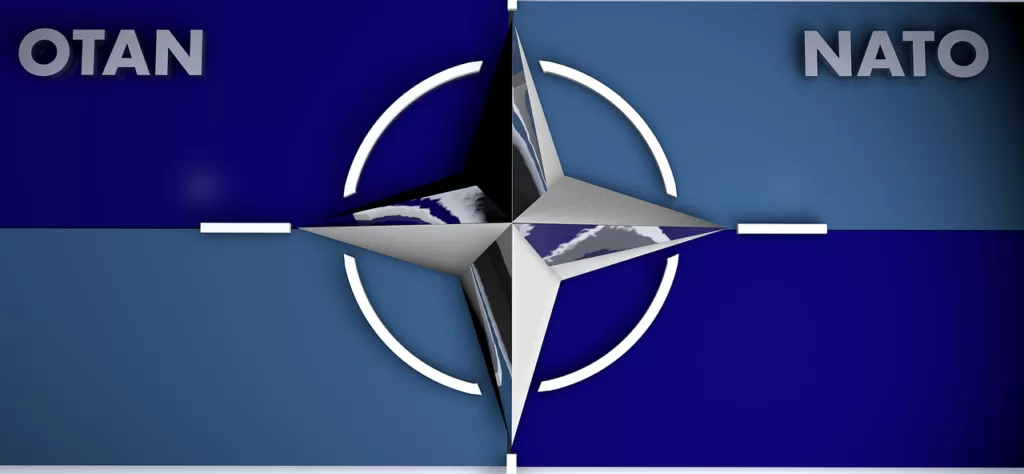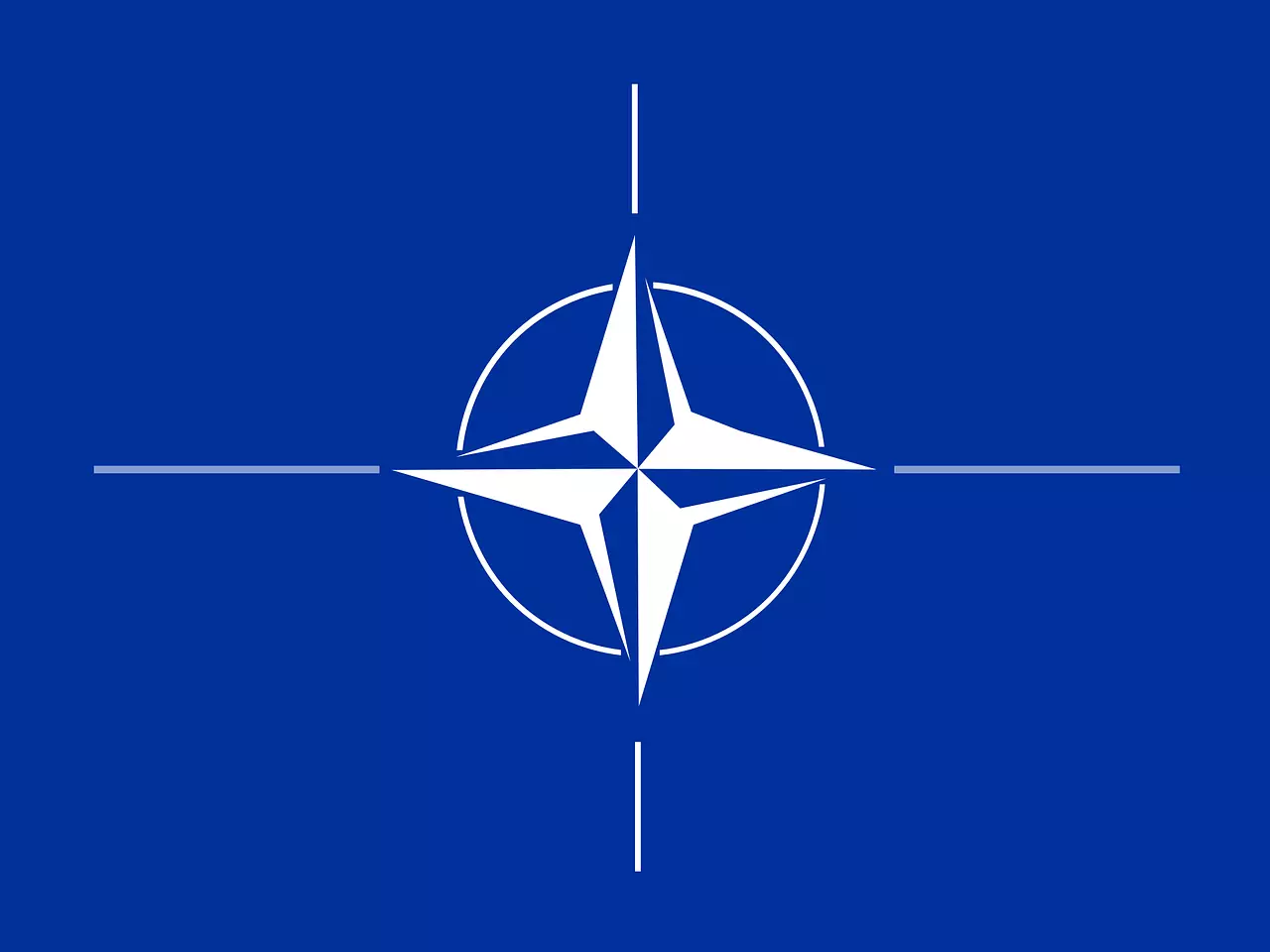Introduction
NATO, the North Atlantic Treaty Organization, is an intergovernmental military alliance consisting of 30 member countries from North America and Europe. While the organization is widely known for its role in promoting peace and security, there is a side to NATO that remains shrouded in secrecy. In this article, we will delve deep into the hidden world of NATO’s top-secret mission. Join us on a journey where we uncover covert operations, intelligence gathering, and strategic planning that take place behind closed doors.

Image by DANIEL DIAZ from Pixabay
What are the 30 countries that are in NATO 2023.
- Albania
- Belgium
- Bulgaria
- Canada
- Croatia
- Czech Republic
- Denmark
- Estonia
- Finland
- France
- Germany
- Greece
- Hungary
- Iceland
- Italy
- Latvia
- Lithuania
- Luxembourg
- Montenegro
- Netherlands
- North Macedonia
- Norway
- Poland
- Portugal
- Romania
- Slovakia
- Slovenia
- Spain
- Turkey
- United States
Table of Contents
The Birth of a Secretive Endeavor
Before we embark on our exploration of NATO’s covert activities, let’s first understand the genesis of this top-secret mission. The need for secrecy arose from the organization’s commitment to safeguarding sensitive information and maintaining a strategic advantage over potential adversaries. By operating clandestinely, NATO aims to protect its member states, maintain regional stability, and counter emerging threats effectively.
Behind Closed Doors: Inside NATO’s Top-Secret Mission
A Cloak of Discretion: The Veiled Nature of Operations
One of the defining characteristics of NATO’s top-secret mission is the cloak of discretion that surrounds its operations. The organization goes to great lengths to ensure that its covert activities remain hidden from public scrutiny. By maintaining secrecy, NATO can safeguard the effectiveness of its operations, protect its personnel, and mitigate potential diplomatic repercussions.
Special Operations: The Elite Forces Within
Within the realm of NATO’s top-secret mission, special operations play a vital role. These highly trained and skilled elite forces operate under the umbrella of NATO’s Special Operations Headquarters (NSHQ). Their primary objective is to carry out specialized missions that require precision, agility, and utmost secrecy. From counterterrorism operations to intelligence gathering and reconnaissance, these elite forces are at the forefront of NATO’s covert endeavors.
Intelligence Gathering: Unveiling the Unknown
To achieve its objectives, NATO heavily relies on intelligence gathering. The organization operates an extensive network of intelligence agencies, working collaboratively to collect and analyze information from various sources. Through advanced surveillance technologies, human intelligence assets, and partnerships with member states, NATO gathers critical data to inform its decision-making process and stay ahead of potential threats.
Cyber Warfare: Battling in the Digital Realm
In the modern era, the battlefield extends beyond physical borders into the realm of cyberspace. NATO recognizes the significance of cyber warfare and has established a robust framework to defend its networks, infrastructure, and member states from cyber threats. Within the domain of its top-secret mission, NATO’s cyber units engage in offensive and defensive operations, employing cutting-edge technologies to protect against malicious actors and ensure the security of critical systems.
Strategic Planning: Charting the Course
Central to NATO’s top-secret mission is strategic planning. This encompasses the development and implementation of long-term objectives, operational concepts, and contingency plans. Through rigorous analysis, scenario planning, and war gaming exercises, NATO prepares itself to respond to a wide range of potential security challenges. By meticulously charting the course ahead, NATO enhances its readiness and strengthens its collective defense capabilities.
FAQs about NATO’s Top-Secret Mission
Q: What is the purpose of NATO’s top-secret mission?
A: The primary purpose of NATO’s top-secret mission is to protect member states, maintain regional stability, and counter emerging threats through covert operations, intelligence gathering, and strategic planning.
Q: How does NATO ensure the secrecy of its top-secret mission?
A: NATO maintains secrecy through stringent security protocols, compartmentalization of information, and strict need-to-know access. The organization goes to great lengths to protect sensitive information and ensure operational effectiveness.
Q: What role do special operations play in NATO’s covert activities?
A: Special operations forces within NATO’s top-secret mission carry out specialized missions, including counterterrorism, intelligence gathering, and reconnaissance. These elite forces are crucial for executing sensitive operations with precision and agility.
Q: How does NATO gather intelligence for its covert operations?
A: NATO employs an extensive network of intelligence agencies, advanced surveillance technologies, and human intelligence assets to collect and analyze information. Collaboration with member states and international partners further enhances NATO’s intelligence gathering capabilities.
Q: Does NATO engage in cyber warfare as part of its top-secret mission?
A: Yes, NATO recognizes the significance of cyber warfare and has established cyber units to engage in offensive and defensive operations. Protecting networks, infrastructure, and member states from cyber threats is a crucial aspect of NATO’s covert activities.
Q: How does NATO’s strategic planning contribute to its top-secret mission?
A: NATO’s strategic planning involves developing long-term objectives, operational concepts, and contingency plans. This meticulous planning enhances NATO’s readiness and ensures its ability to respond effectively to potential security challenges.
Conclusion
The realm of NATO’s top-secret mission remains a world largely unseen by the public eye. Behind closed doors, a complex tapestry of covert operations, special forces, intelligence gathering, cyber warfare

